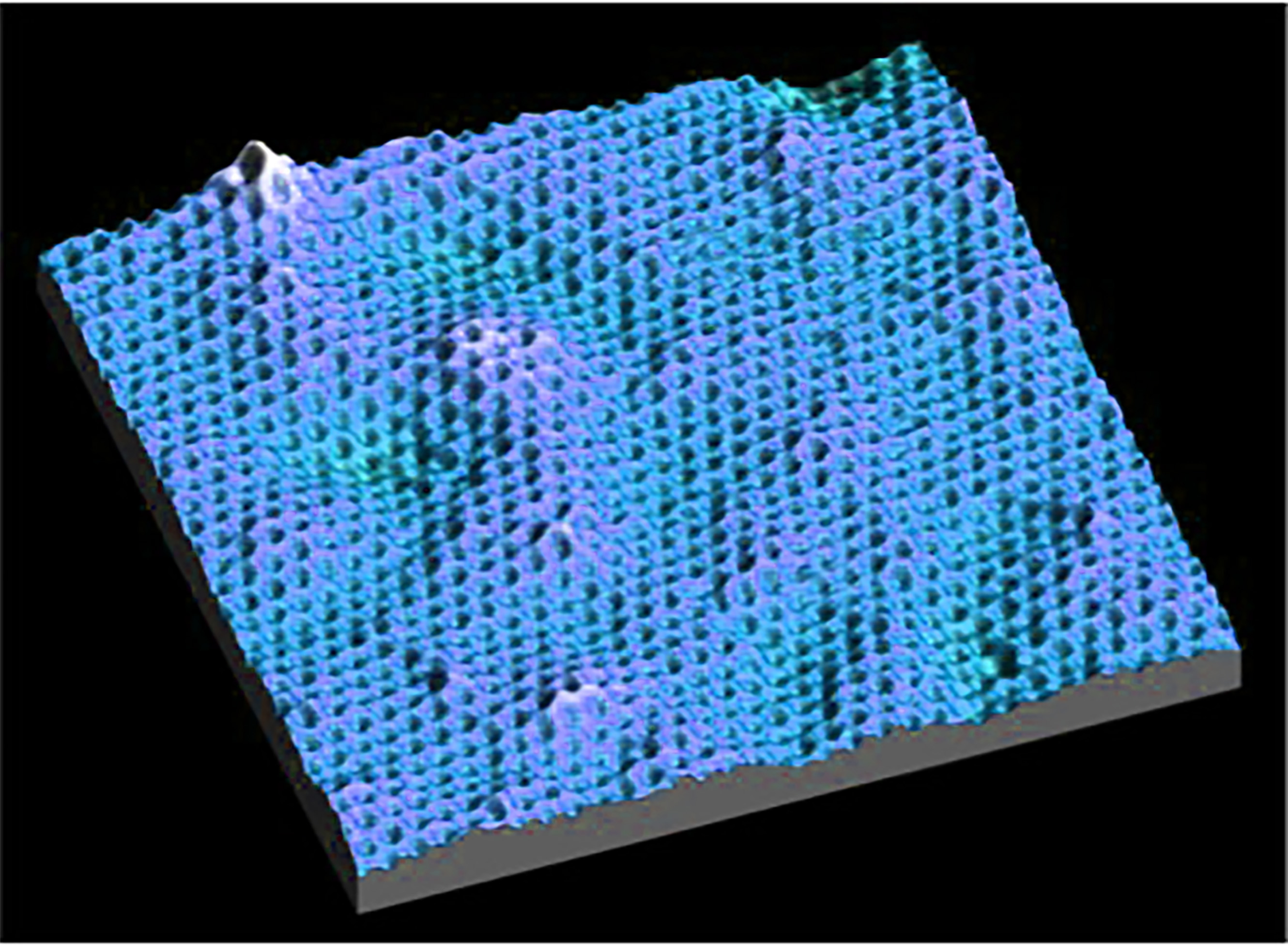| Abstract submission opens | 19 March 2018 |
| Abstract submission closes | 3 August 2018 |
| Abstract submission extended to | 13 August 2018 |
| Registration opens | 3 August 2018 |
| Notification of acceptance | 14 September 2018 |
| Author registration deadline | 5 October 2018 |
| Early bird registration closes | COB AEST 12 October 2018 |
| Poster abstract submission closes | 30 October 2018 |
| ICON-2DMat Young Scientist Award application closes | 15 November 2018 |
| Registration closed | 10 December 2018 |
1. CONTROLLABLE SYNTHESIS, CHARACTERISATIONS AND MODELLING OF 2D MATERIALS & STRUCTURES
Topic Chairs:
- Torben Daeneke, RMIT University
- Wencai Ren, Chinese Academy of Sciences
- Yanfeng Zhang, Peking University
- Yi Du, University of Wollongong
2D materials, including graphene, TMDCs, black phosphorus, topological insulators, perovskites, MX3 and other new forms of 2D materials, have been at the forefront of materials research in recent years due to their exotic electrical, optical, and mechanical properties deriving from their atomically thin dimensions.
As the potential applications of 2D materials are recognized, the area of controllable synthesis and characterization technologies is also expanding. This topic is designed to showcase recent advances and a thorough overview in the diverse and expanding field of the synthesis and characterisations of 2D materials.
2. PHYSICAL PROPERTIES (ELECTRONIC, OPTICAL, THERMAL AND MAGNETIC PROPERTIES, ETC) OF 2D MATERIALS (GRAPHENE, TMDCS, BLACK PHOSPHOROUS, TOPOLOGICAL INSULATORS, PEROVSKITES, MXenes, ETC
Topic Chairs:
- Antonija Guibisic-Cabo, Monash University
- Bent Weber, Nanyang Technological University Singapore
- Lan Wang, Monash University
- Jeff Davis, Swinburne University of Technology
- Semonti Battacharyya, Monash University
2D materials present themselves as a surface, and this aspect differentiates them from other types of materials. The physical properties coming from this confinement, and a wide range of physical phenomena such as plasmonics, carrier dynamics, carrier cooling, energy transfer, non-local response, quantum Hall effects, spintronics & valleytronics, piezoelectric & ferroelectric etc. have attracted a wide range of interest.
This topic will cover the cutting-edge issues, unresolved problems, and new results on the physical properties of 2D materials, including graphene, TMDCs, black phosphorus, topological insulators, MX3 and other new forms of 2D materials, etc.
3. CHEMISTRY OF 2D MATERIALS AND APPLICATIONS (ENERGY, ENVIRONMENT, CATALYSIS, BIO-MEDICAL, ETC)
Topic Chairs:
- Jie Zhang, Monash University
- Xiaowei Yang, Tongji University
- Zongyou Yin, Australian National University
- Xiaoqiang Cui, Jilin University
The chemical approach offers absolute control over the structure of 2D materials at the atomic- or molecular- level and will thus serve as enabling strategy to develop unprecedented multifunctional systems, of different complexity, featuring exceptional physical or chemical properties with full control over the correlation between structure and function.
This topic will cover all areas related to 2D materials’ chemistry spanning their structures as well as their functionalisation, using covalent and non- covalent approaches, for composites, foams and coatings, membranes, (bio-)sensing, (electro- and photo-) catalysis, energy conversion, harvesting and storage, electronics, nanomedicine, biomaterials.
4. DEVICE APPLICATIONS IN ELECTRONICS, PHOTONICS AND OPTOELECTRONICS
Topic Chairs:
- Francesca Iacopi, University of Technology Sydney
- Lei Liao, Hunan University
- Yuerui Lu, Australian National University
- Jun He, National Centre for Nanoscience and Technology
- Barbaros Ozyilmaz, National University of Singapore
Owing to their unique suites of optical and electronic properties, 2D materials and their heterostructures, look set to become a key to the development of a myriad of applications, ranging from transistors, photodetectors, light-emitting diodes, flexible electronics, waveguides and modulators, as well as non-linear optical devices.
This topic will discuss recent developments in this growing area, aiming to show great promise for future device applications.

